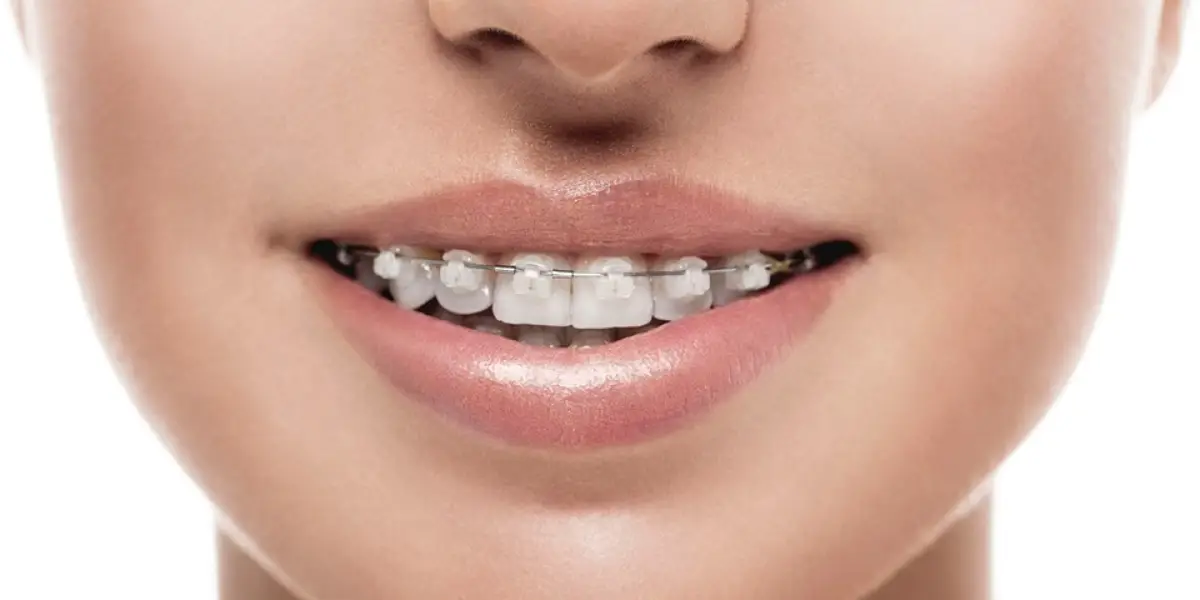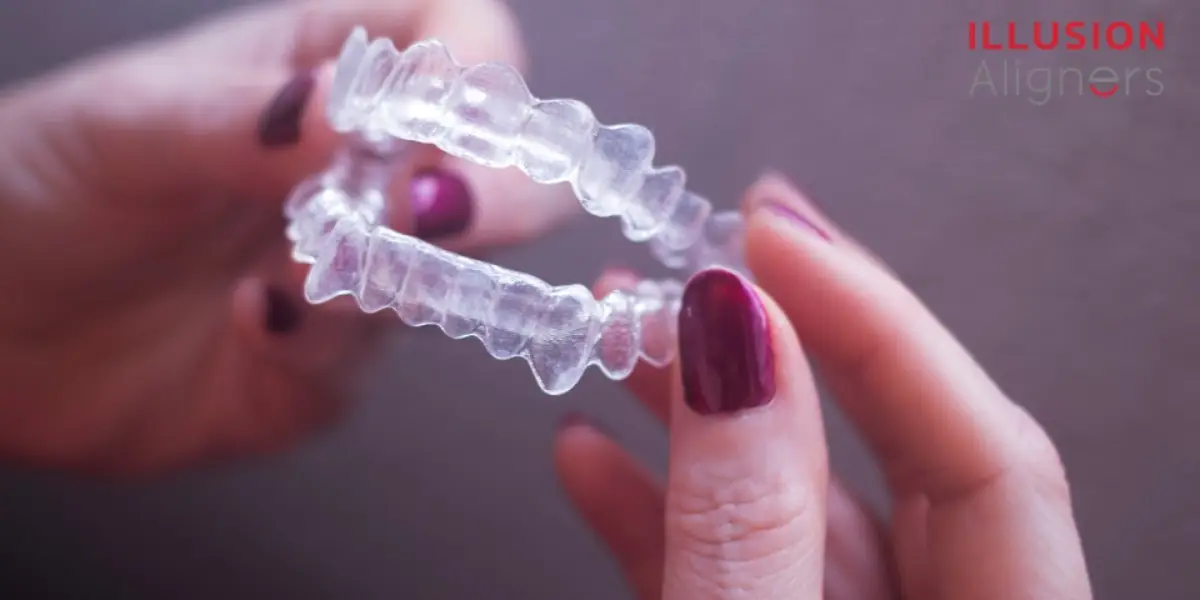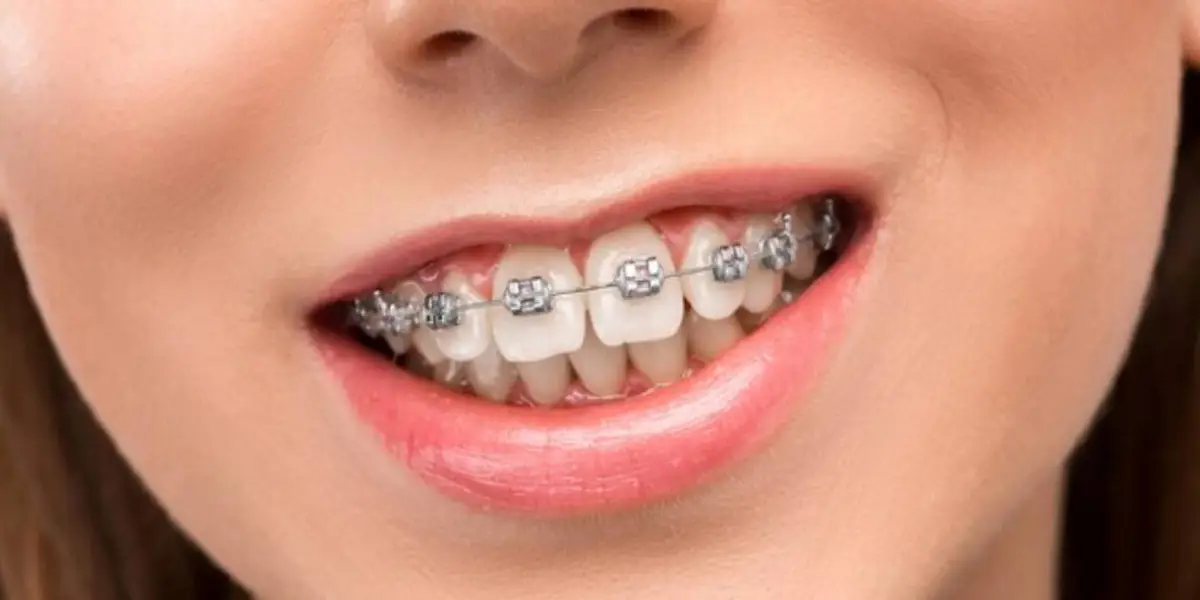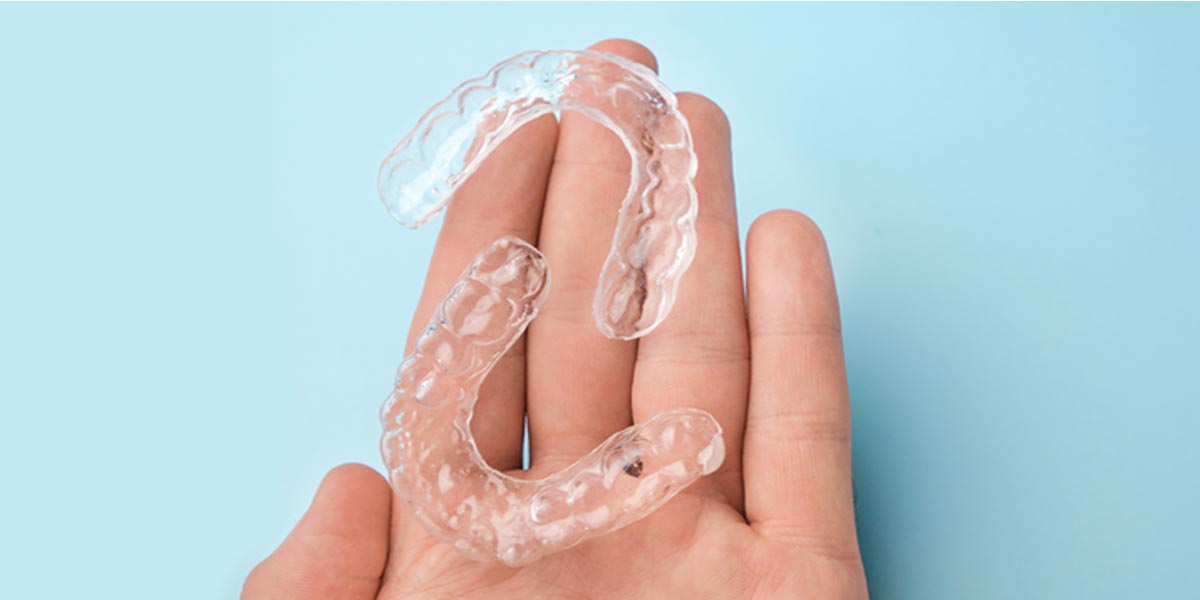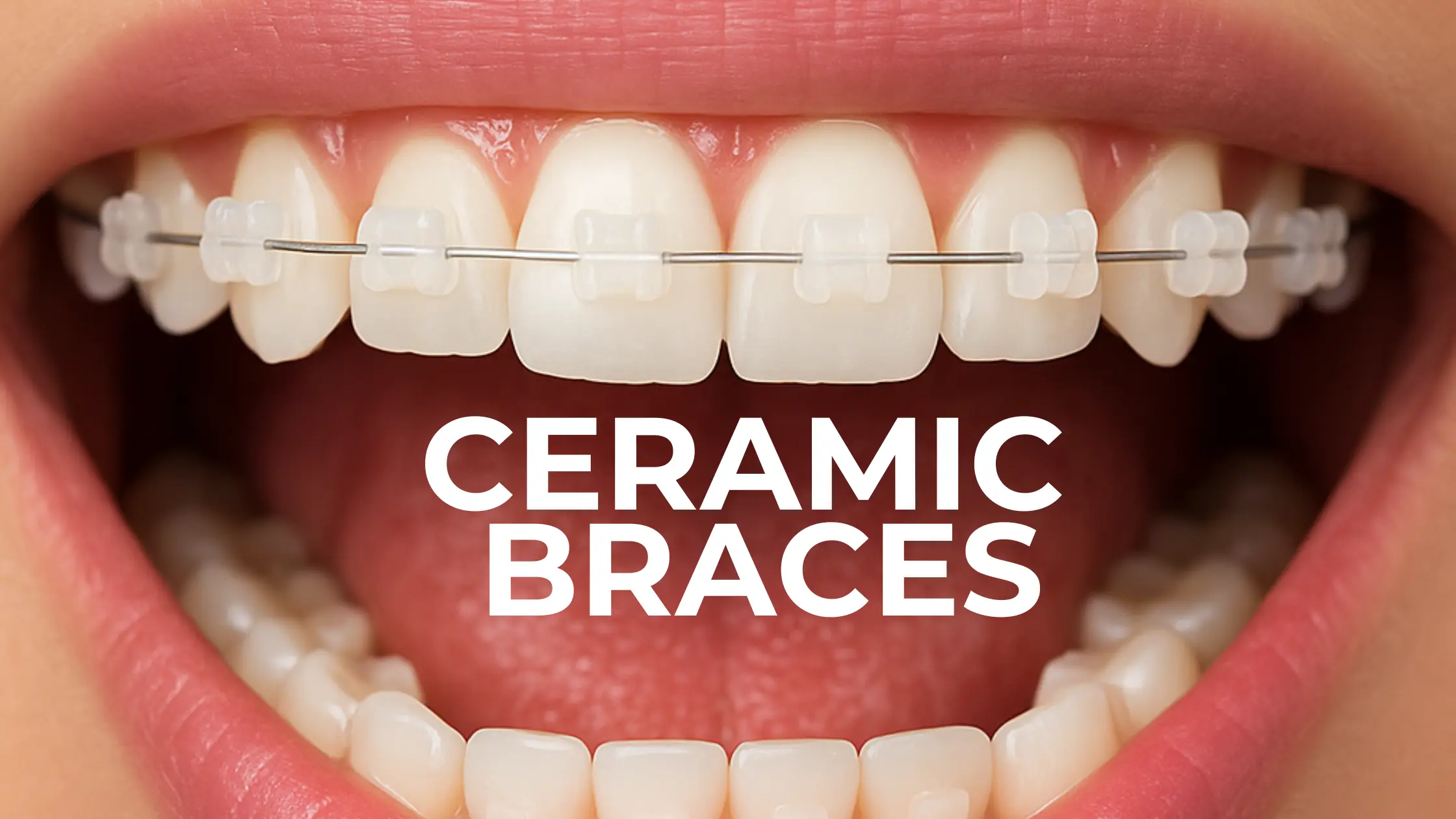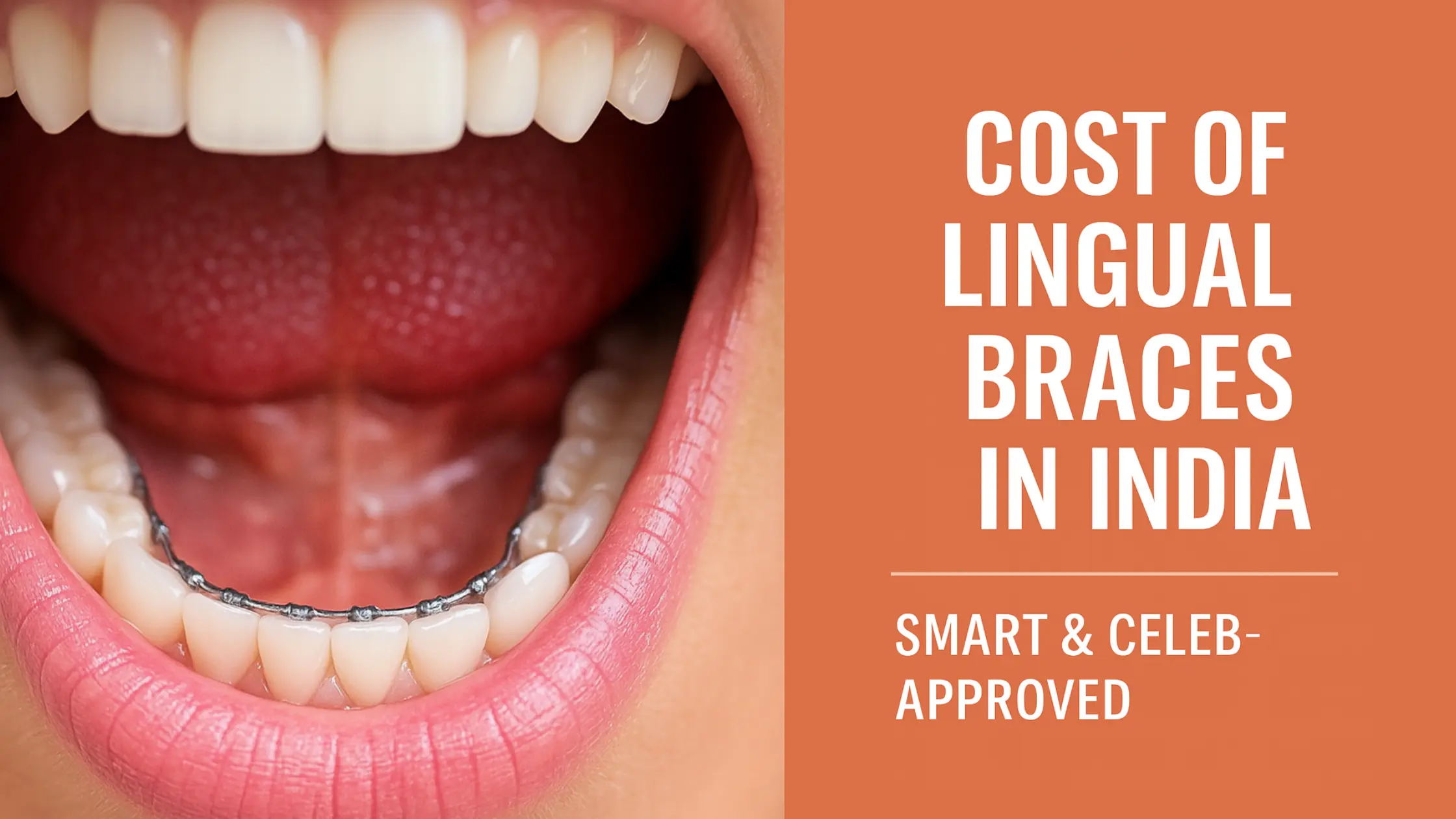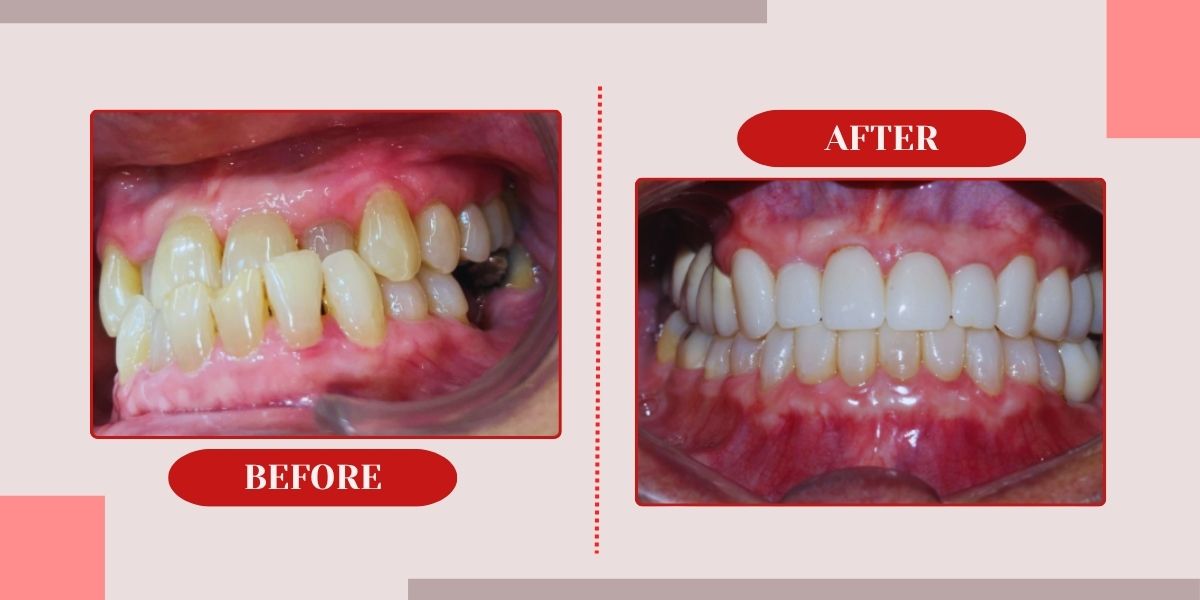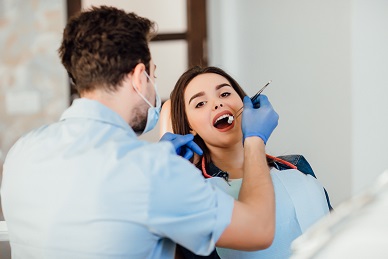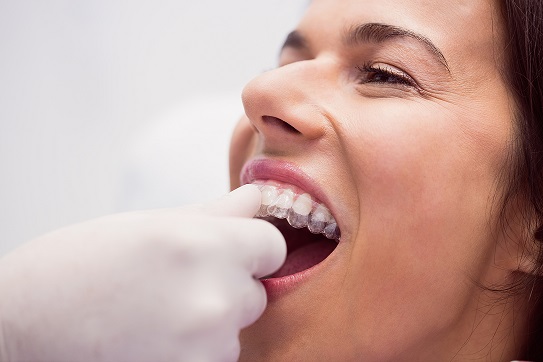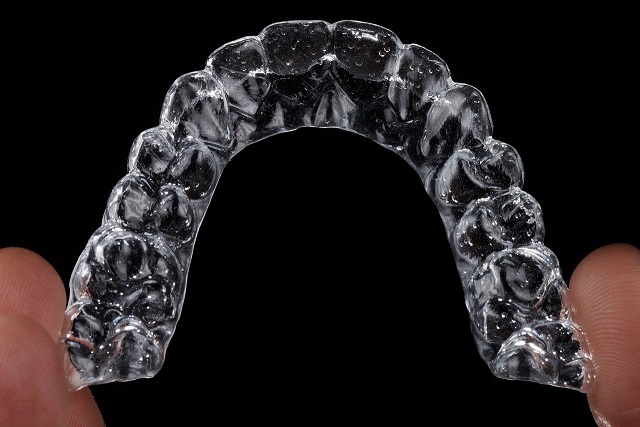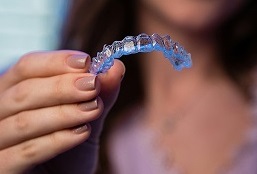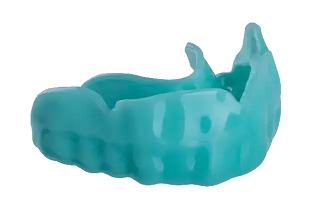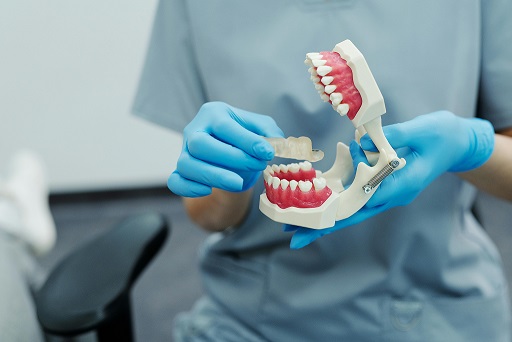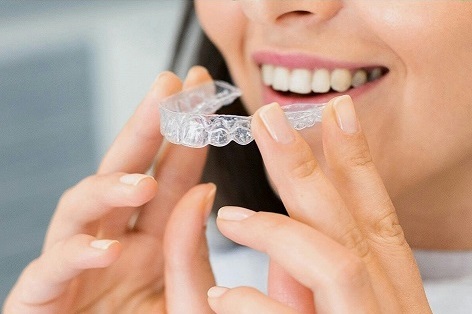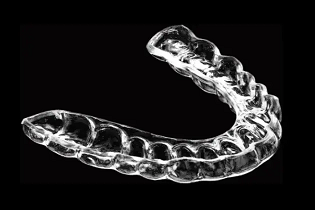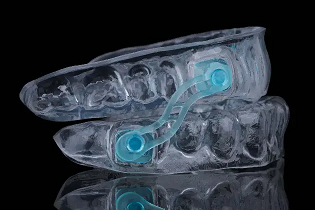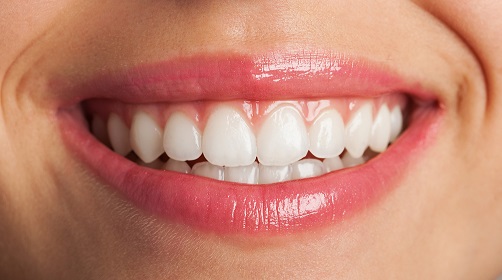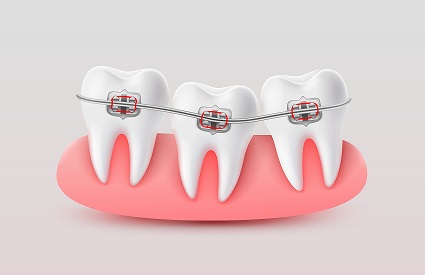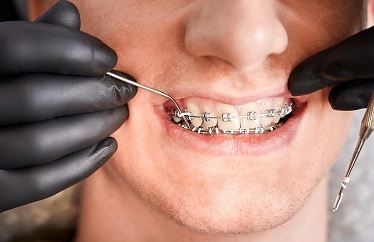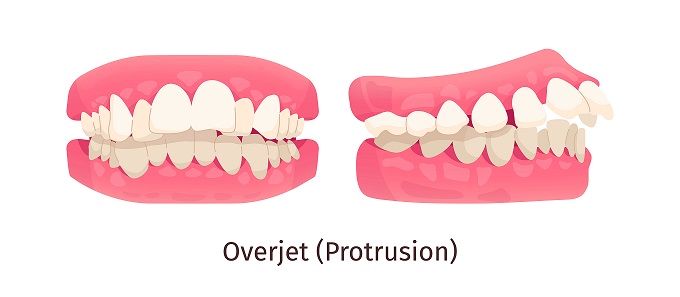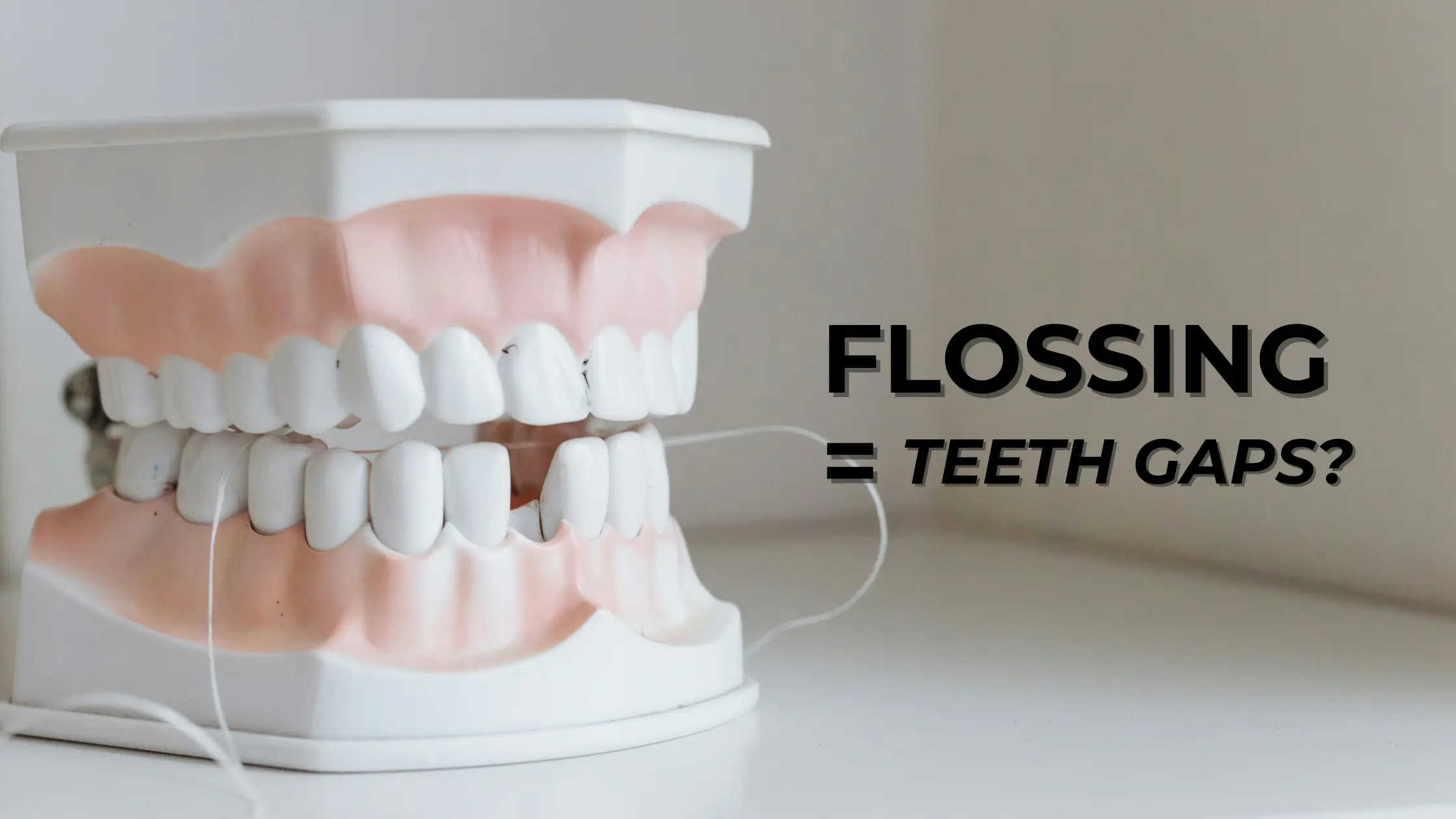
Publish on Jul 21, 2025
Does Flossing Create Gaps in Teeth? Let’s Clear the Air
It is a common concern- for a good reason. Many people who begin flossing notice small gaps or spaces that were not noticeable before. Rest assured, flossing does not create gaps. It helps reveal natural tooth gaps. That was previously masked by food debris or plaque.
Why Flossing Is Important?
Brushing cleans around 60% of tooth surfaces. The other 40%, especially between teeth, need floss to be thoroughly cleaned. People tend to ignore flossing from their normal oral hygiene routine. This leads to food being deposited between the teeth. This often leads to the formation of plaque.
Increasing the risk of cavities, gum diseases, and bad breath.
Benefits of Flossing
Prevents Gum Disease
Floss removes food debris, not cleaned by a toothbrush. It can be present between the teeth and around the gumline as well. This reduces swelling and eliminates the chances of severe gum issues.
Reduces Cavities
Cavities often begin in the spaces between teeth where the food debris accumulates for a long time. Toothbrushing cannot reach into these minute spaces. But floss can. It clears the food debris.
Helps Prevent Bad Breath
Food trapped between teeth and along the gum line is a major issue causing bad breath. The best practice for a breath freshness is removing the food trapped in places you can’t see.
Can Flossing Cause Gaps?
Flossing does not move teeth or create new gaps. When gaps appear, it’s usually because of:
Improper Flossing Technique:
Snapping Floss
Forcing dental floss between teeth will cause a snap, leading to gum issues. It is one of the most common mistakes people make.
Gum Damage Risk
Repeated forces from floss can lead to pulling away of the gum line from the tooth. While loss is not the major cause but using it improperly can increase the underlying issues.
Gum Recession
Flossing forcefully can lead to a gum recession. This makes the roots visible. Giving the impression of “gaps”. Clearing the myth, floss just unmasks the existing gaps and does not make new ones.
How to Floss correctly
The reason there are so many myths about flossing around the corner is because it is often done incorrectly. The dental floss is a thread-like tool which is so thin that it easily passes between two teeth. But strong enough to remove the plaque. Look for a comfortable and effective position to floss. This makes the routine easy and more likely to be performed regularly.
The floss should be held firmly. Between your thumb and index fingers. It should be tight enough to control the movement but not too tight to cut your fingers.
Insert the floss gently between the teeth. Slide it up and down with gentle pressure. Do not put pressure on the gums.
Curve the floss into a C-shape against the tooth. This makes it easy for you to slide between your teeth and clean them.
To scrape off the plaque, move the floss against the tooth. And away from the gum.
The process is similar for every tooth, even the back ones. For each tooth, a fresh part of the floss is used. This prevents the redeposition of debris removed.
Flossing correctly, as guided, will not only improve your oral health but also give you a beautiful, healthy smile.
Flossing with metal braces: People with metal braces often find it difficult to maintain oral hygiene. Due to its fixed nature, it creates problems. For such patients, interdental flossers are recommended.
Choosing the best floss type
There are different types of floss in the market. But what suits you and your needs will not be similar to someone else.
Waxed vs. Unwaxed
Waxed floss: It slides between tight teeth easily. But it rubs wax off onto the teeth.
Unwaxed floss: Provides more grip around teeth and also in tight spaces. But it shreds easily and breaks between tight spaces.
Research shows that both types of floss remove plaque. Just comfort and technique are important.
Floss Picks:
Manual flossing can be challenging for some people due to big hands, small mouth or any other reason. Floss picks can be used in such cases. These are Y-shaped tools holding floss between them. Flossing now becomes easier in the back teeth and unreachable areas of the mouth.
When to Use Picks
Floss picks should be used on-site after meals or for easy access. Anyway, traditional floss is the most effective tool for cleaning gumline.
When to See a Dentist
Visiting a dentist is usually not on our interesting to-do lists. So knowing when to see them will be less intimidating:
- A little amount of bleeding after flossing is normal due to the cleaning phenomena. But if the bleeding is persistent make sure to visit a dentist.
- When you notice that gaps are widening
- There is gum pain, swelling, or recession
- Unexplained bad breath
These issues may signal other issues like gingivitis or widening gaps because of orthodontic issues. These are typical issues for gaps, not flossing.
Did you know that only 30% of people floss daily? Despite flossing being so beneficial. Flossing regularly is important to have good oral hygiene, yet it’s overlooked. Or people are unaware of flossing techniques. Hence, the myths go around.
Flossing regularly, especially with ongoing orthodontic treatments, is important. Combining it with regular checkups makes sure that treatment is going fine, teeth stay healthy, and gums are strong.
Final thoughts
Flossing does not create any gaps. It uncovers existing spaces and improves oral health.
Here, technique is the key- be gentle, disciplined and aware.
Choose the floss that is best for your smile. Consult a dentist for guidance. Whether it is waxed floss or interdental flosser, all are fine if used correctly.
Maintaining strong and healthy teeth is not hard. It just requires daily care and consistency. With the right approach- flossing supports a beautiful, gap free smile always.
Frequently asked questions:
How often should one floss?
The oral hygiene guideline states that flossing once a day is important. The perfect time to floss, if before bedtime. As it removes the food particles and debris deposited throughout the day.
Does it bleed after flossing?
It is normal to bleed after flossing. But when the bleeding is too much, or it doesn’t stop even after rinsing, it is a concern. It is important to visit your dentist.
Flossing too much is harmful?
Flossing more than once a day can be unnecessary. Unless it is advised by your dentist to do so. But using gentle techniques is always important.
Medically Reviewed By Dr Jaineel Parekh, MDS orthodontics
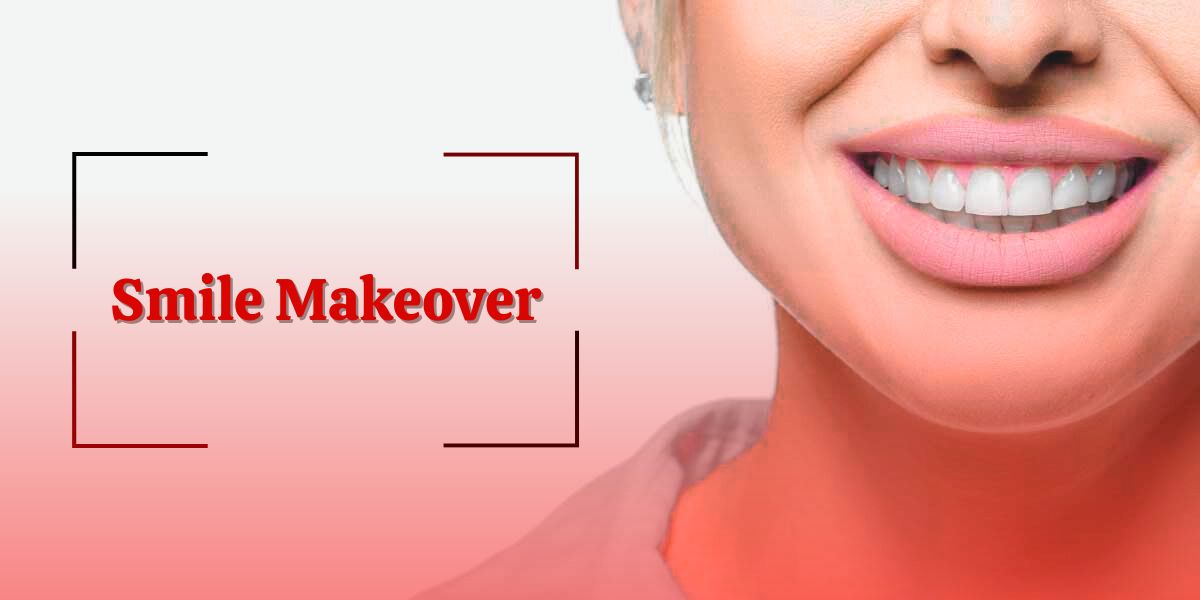
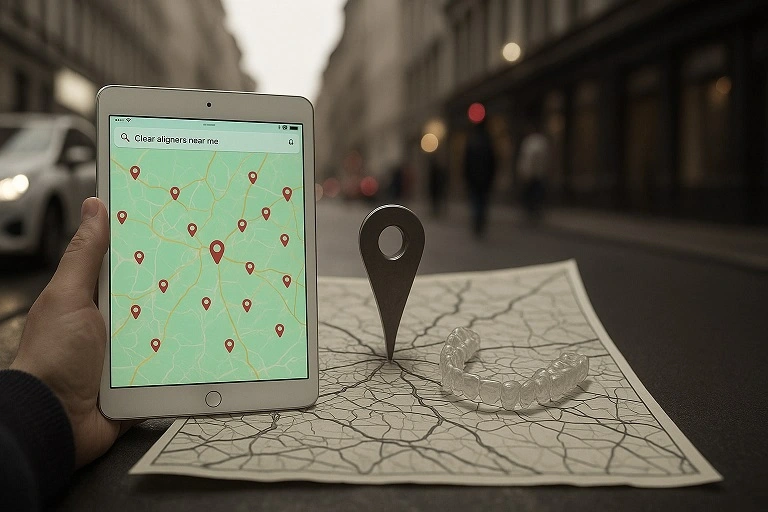
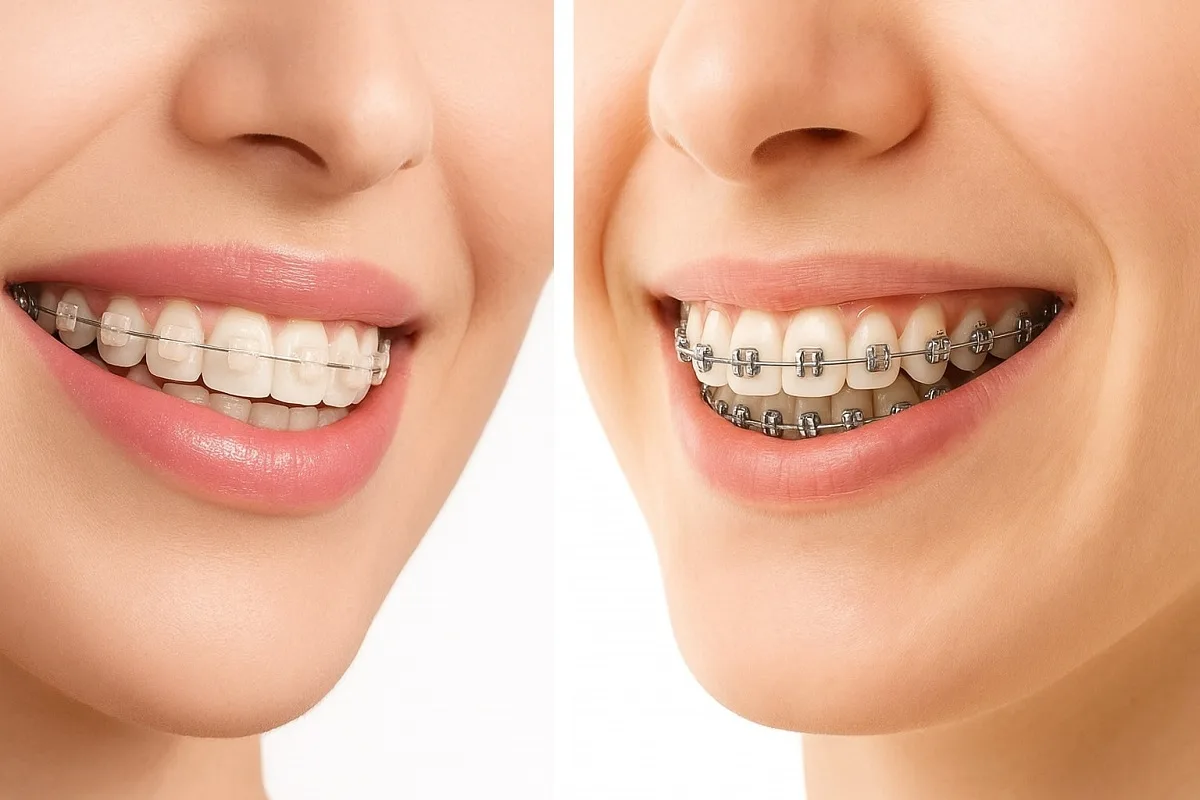
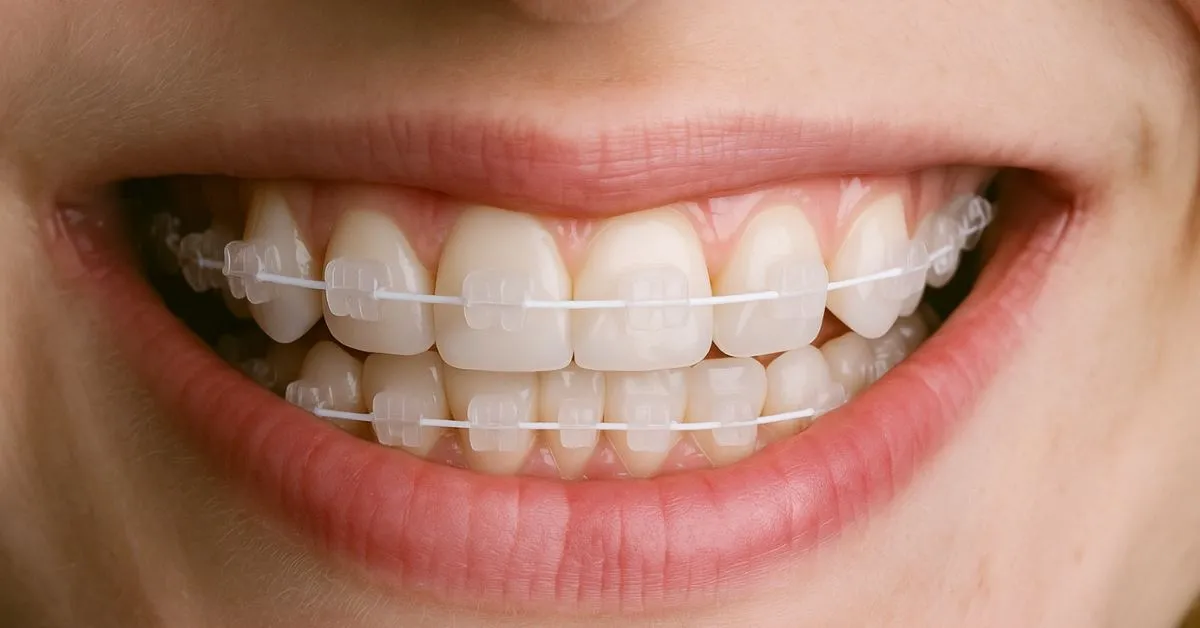
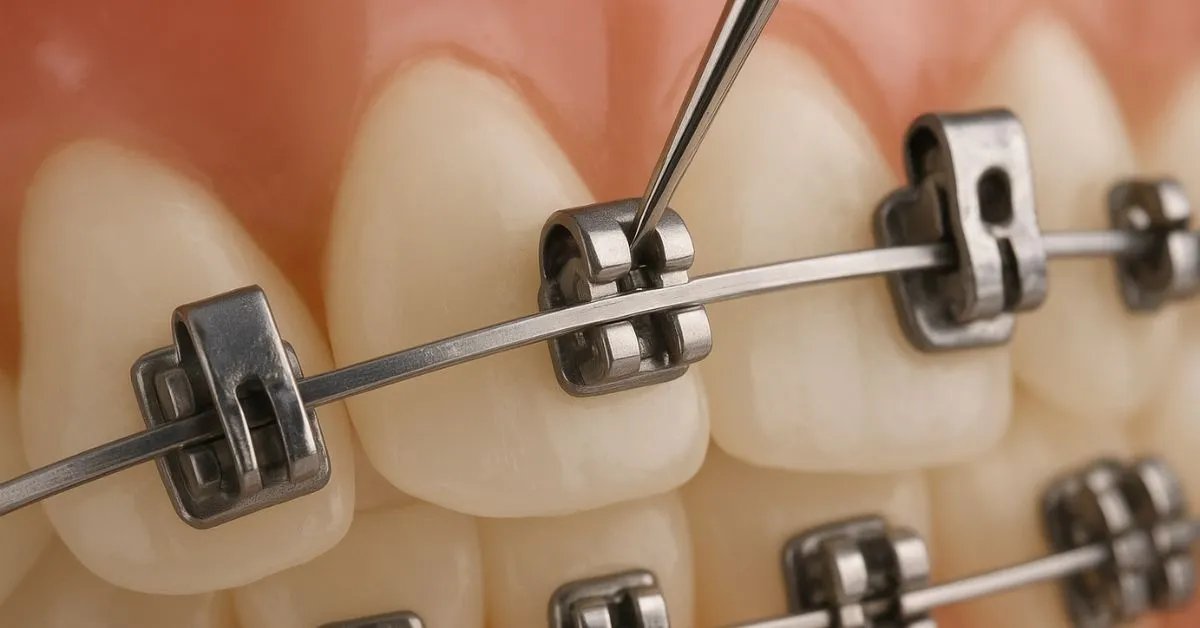
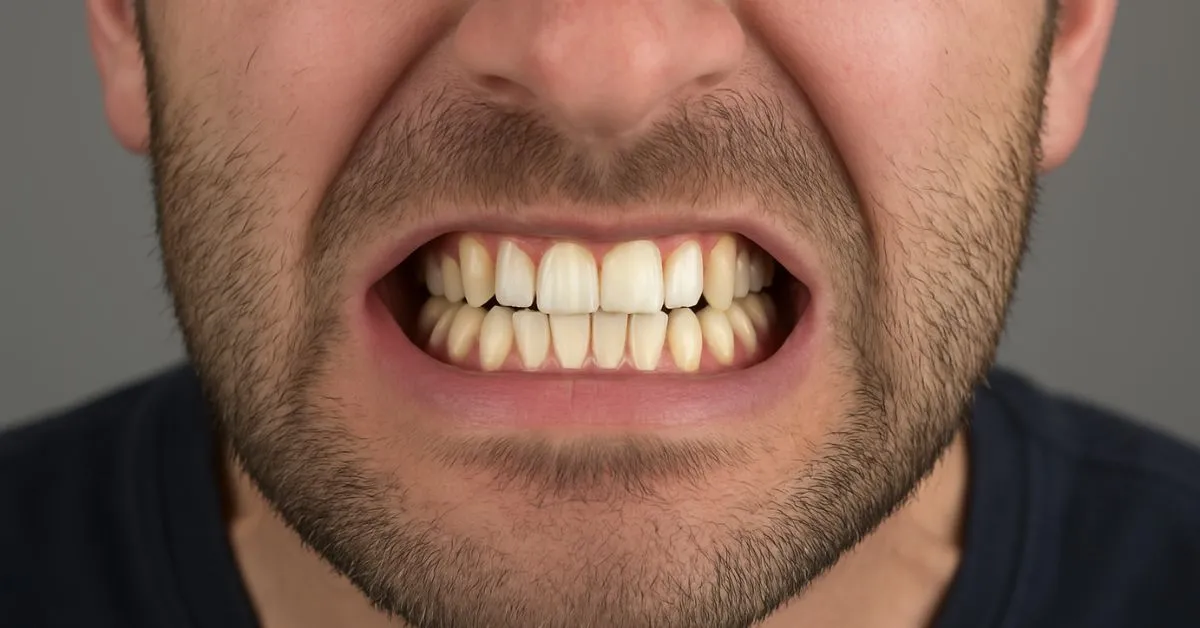
.webp
)
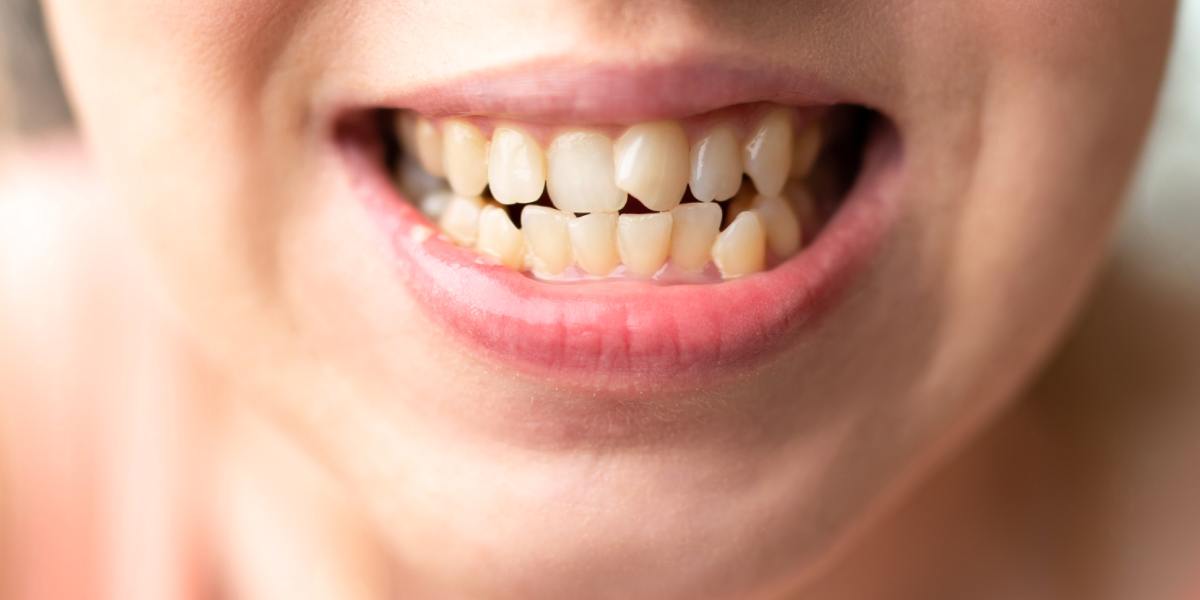
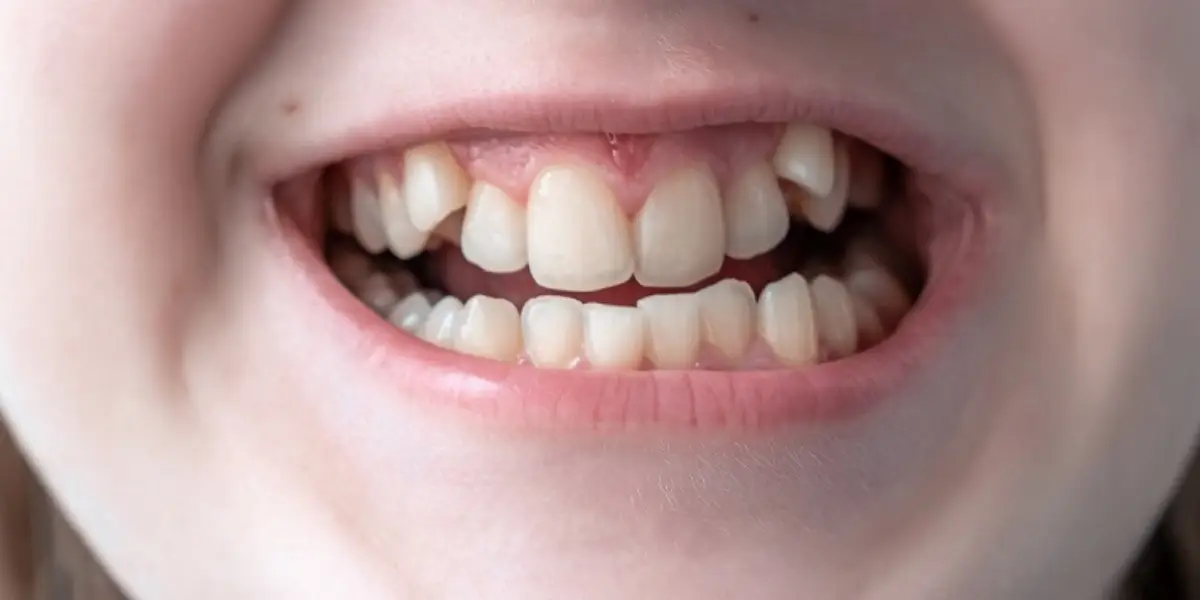
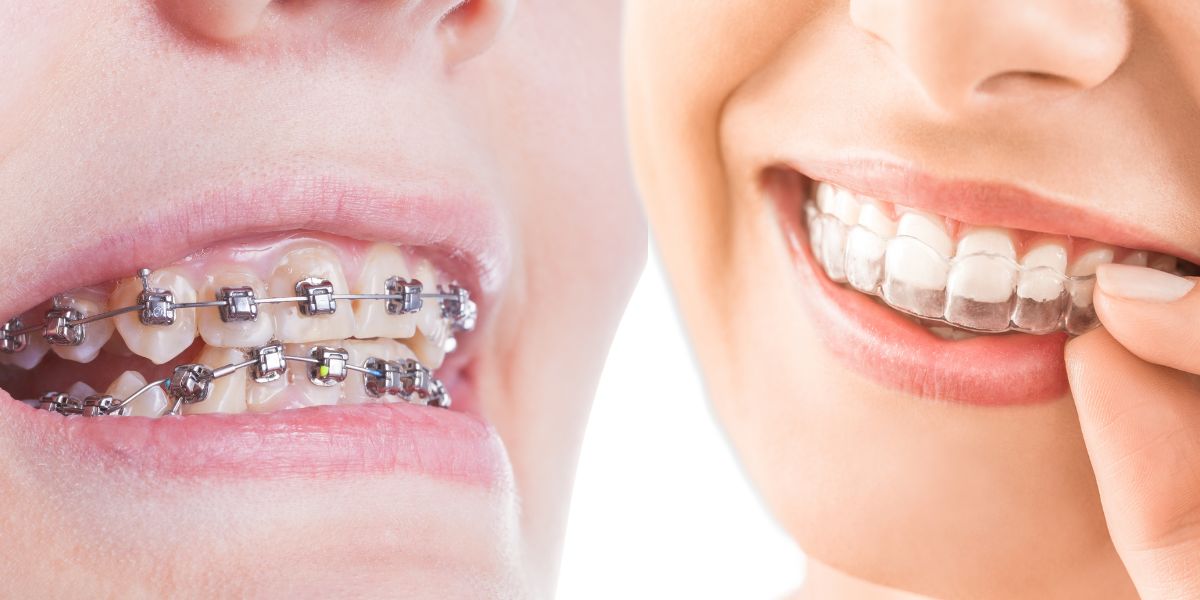
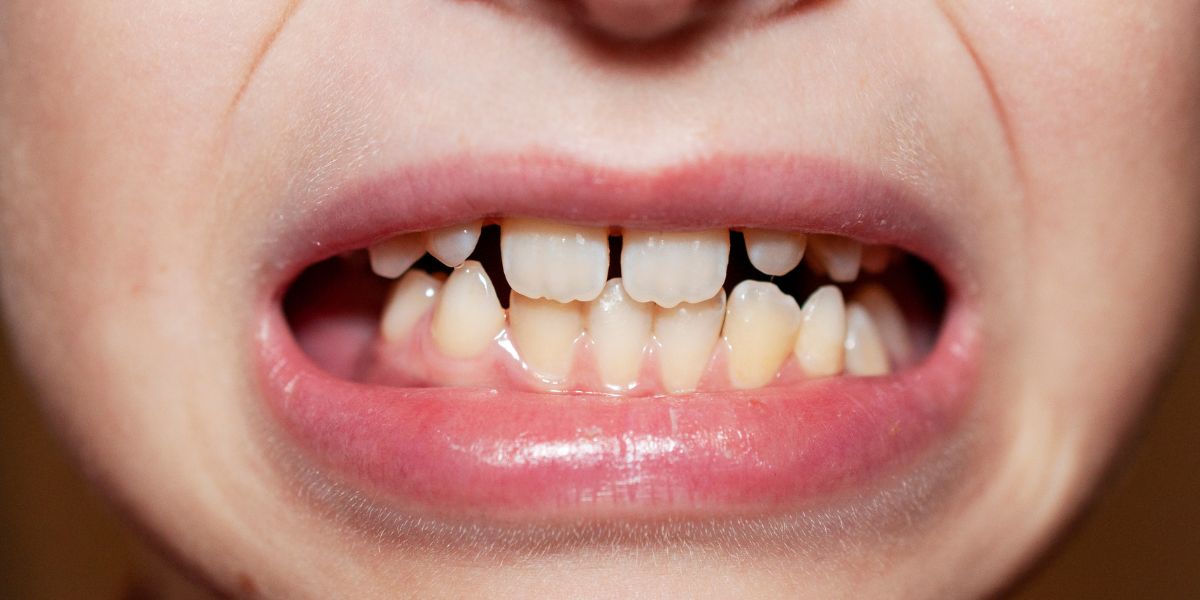
.jpg)
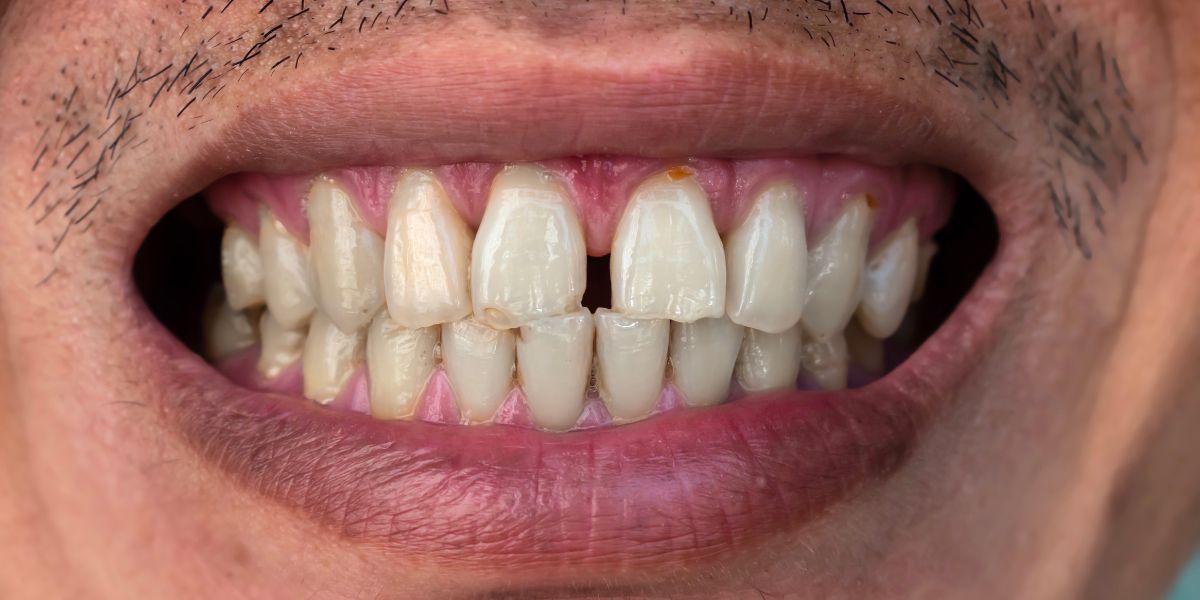
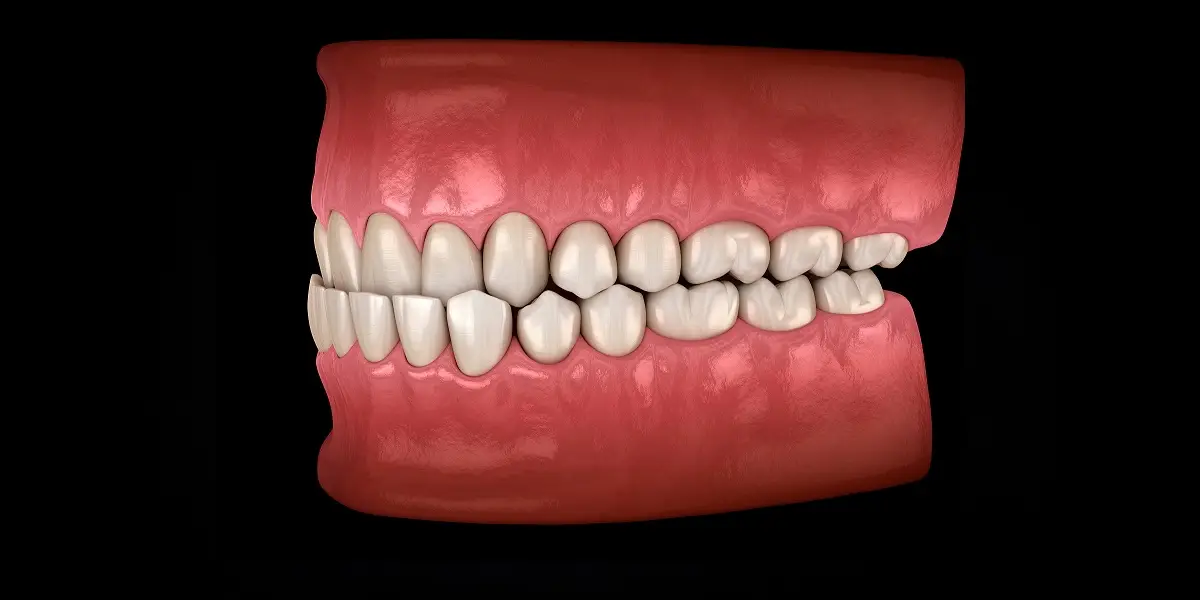
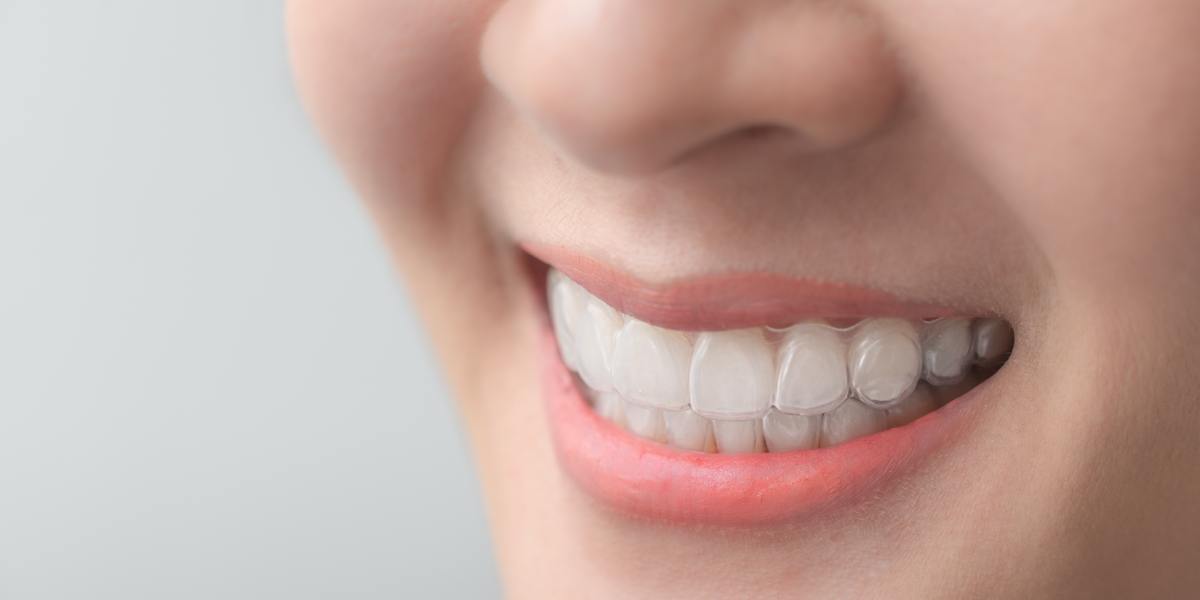

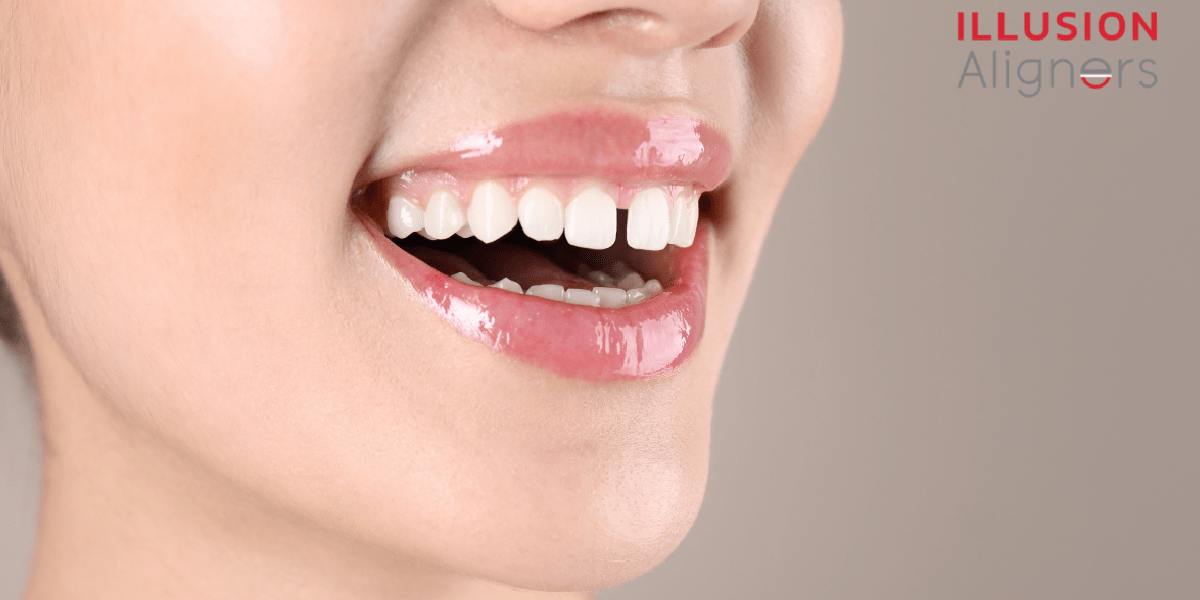
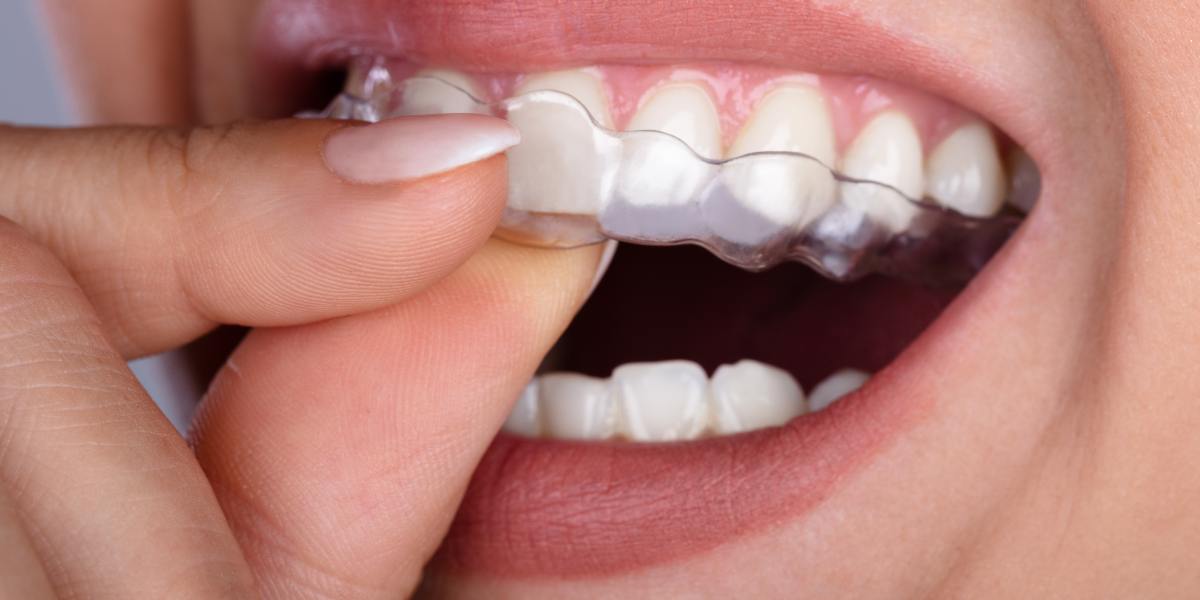
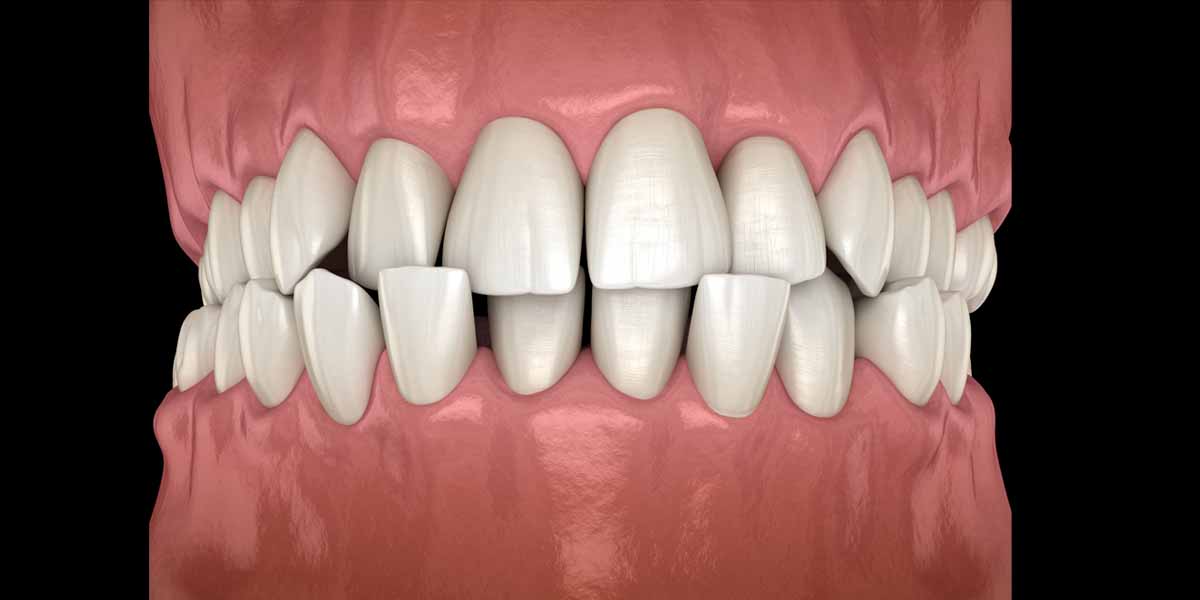
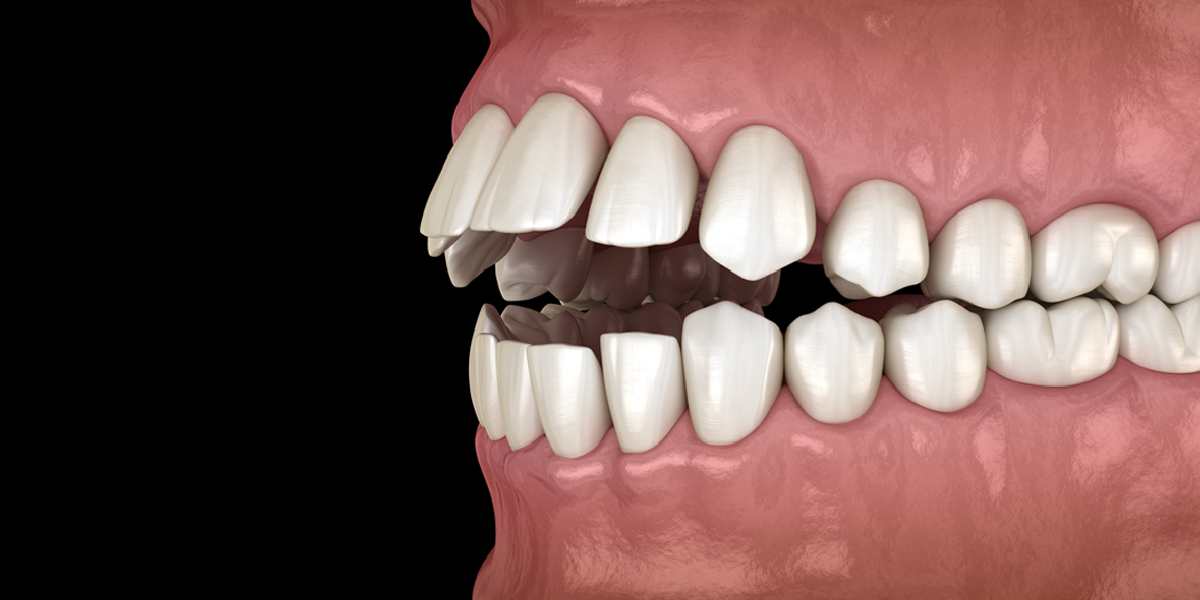
2.jpg)

